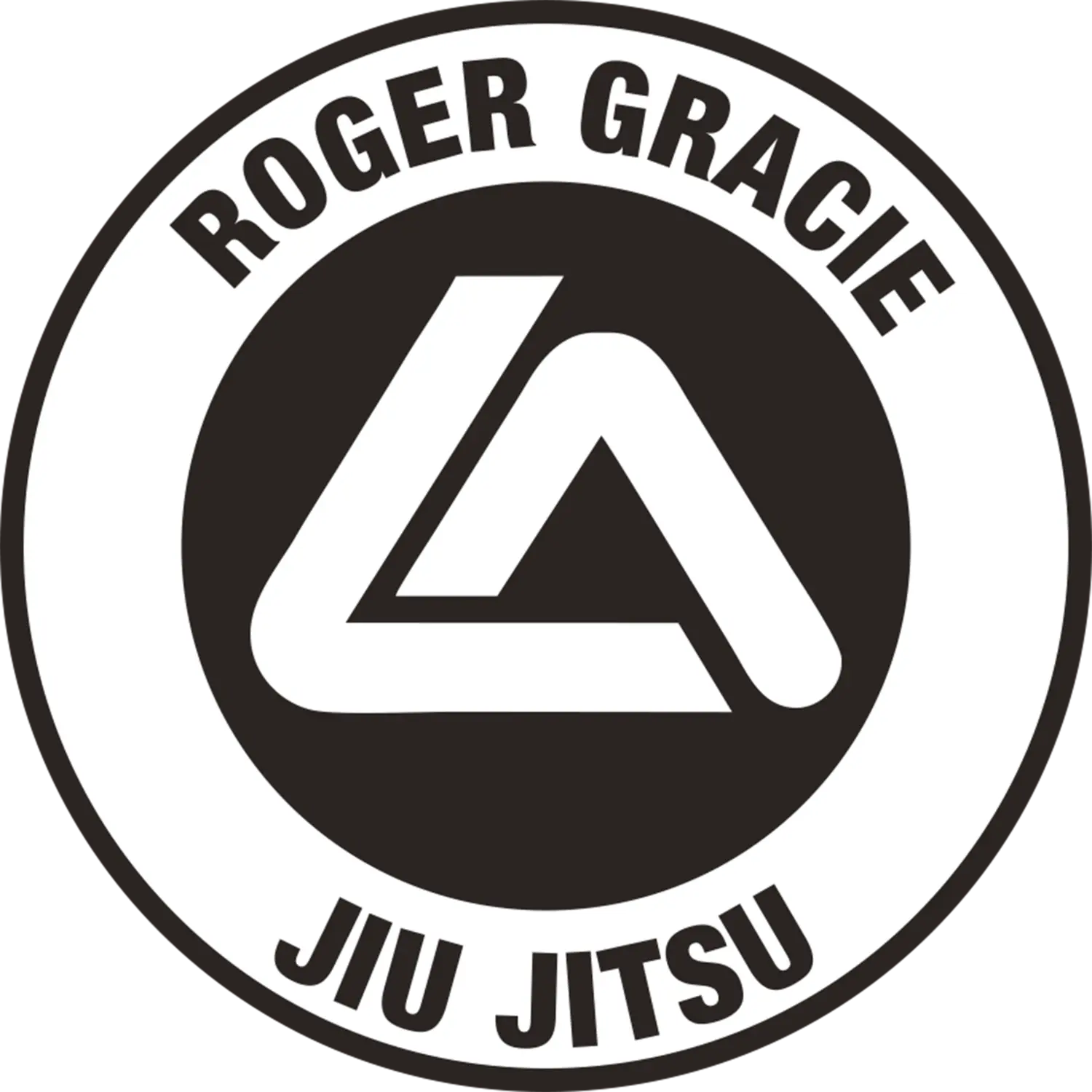The History Of BJJ (Brazilian Jiu Jitsu)
In this article, we will provide an analysis of the history of Brazilian Jiu-Jitsu and how it looks in present-day Bristol.
Brazilian Jiu-Jitsu (BJJ) has a rich and fascinating history that dates back to the early 20th century. Here’s an overview of its development:
1. Roots in Judo
Brazilian Jiu-Jitsu evolved from Judo, which itself had its origins in traditional Japanese Jiu-Jitsu. Mitsuyo Maeda, a Japanese judoka and prizefighter, traveled to Brazil in the early 20th century to spread the art of Judo. Among his students was a young Brazilian named Carlos Gracie.
2. The Gracie Family
Carlos Gracie, along with his brothers, particularly Helio Gracie, began to adapt and develop the techniques of Judo to suit their smaller statures and less athletic abilities. They focused on leverage, technique, and ground fighting, as opposed to relying on strength and size.
3. Helio Gracie’s Influence
Helio Gracie, being physically weaker than his brothers, played a significant role in refining and adapting the techniques of Jiu-Jitsu to make them more effective for smaller individuals against larger opponents. This emphasis on leverage and technique over strength became a hallmark of Brazilian Jiu-Jitsu.
4. Growth And Development
Over the decades, the Gracie family continued to refine and teach their style of Jiu-Jitsu, which eventually became known as Brazilian Jiu-Jitsu. They held challenge matches, open to all comers, to test and prove the effectiveness of their techniques. This period saw the emergence of several iconic figures in BJJ, such as Rolls Gracie, Carlson Gracie, and others.
5. The UFC and BJJ’s Global Recognition
Brazilian Jiu-Jitsu gained worldwide recognition with the rise of the Ultimate Fighting Championship (UFC) in the early 1990s. Royce Gracie, son of Helio Gracie, showcased the effectiveness of BJJ by dominating much larger opponents in the early UFC events, bringing unprecedented attention to the art.
6. Modernisation And Global Spread
With the advent of the internet and the globalization of martial arts, Brazilian Jiu-Jitsu spread rapidly around the world. BJJ academies began popping up in various countries, and practitioners from diverse backgrounds embraced the art. The development of competition circuits, such as the International Brazilian Jiu-Jitsu Federation (IBJJF), further solidified BJJ’s status as a legitimate martial art and sport.
7. Evolution Of Techniques
BJJ continues to evolve, with practitioners constantly innovating and refining techniques. The sport aspect of BJJ, with its point system and rulesets, has led to the development of specific strategies and game plans. Additionally, MMA fighters commonly incorporate BJJ into their arsenals, further influencing the evolution of the art.
Conclusion
Overall, Brazilian Jiu-Jitsu has come a long way from its roots in Japan to become one of the most popular and effective martial arts in the world, with a rich history and a thriving global community. Today, we have multiple schools and academies across Bristol. Why don’t you schedule your intro class and see what the fuss is about?
